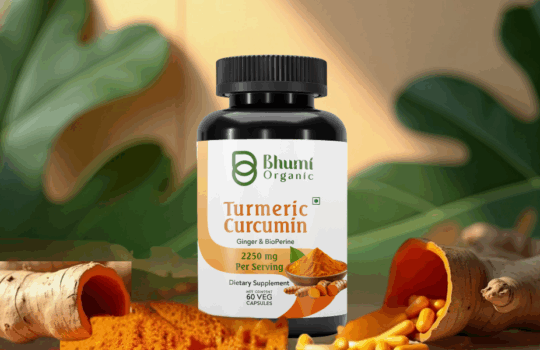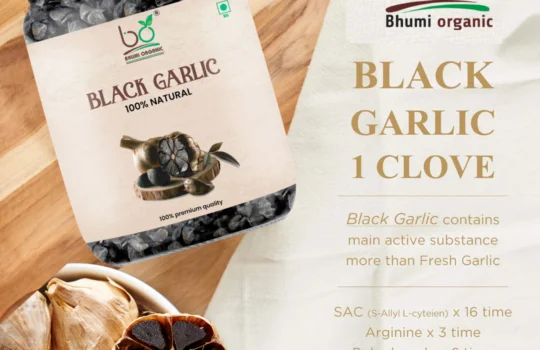Honey in Baking
Using honey in baking is not only a delightful way to sweeten your treats but also adds depth of flavor and moisture. Here are some reasons why you might consider incorporating honey into your baking recipes:
- Natural Sweetener:
- Honey is a natural sweetener that adds a distinct flavor profile to baked goods. Its sweetness is not only about taste but also about aroma, enhancing the overall sensory experience.
- Moisture Retention:
- Honey has hygroscopic properties, meaning it attracts and retains moisture. This quality helps keep baked goods moist and tender for a longer period of time, resulting in a softer texture.
- Flavor Complexity:
- Honey contributes a unique and complex flavor to baked goods, depending on its variety and floral source. From the robustness of buckwheat honey to the lightness of clover honey, each type can impart distinct nuances to your creations.
- Improved shelf life:
- The moisture-retaining properties of honey can contribute to extending the shelf life of certain baked goods, helping them stay fresh for a longer period of time.
- Natural Coloring:
- Honey can add a beautiful golden hue to your baked goods, enhancing their visual appeal. This natural coloring can be particularly appealing in items like honey cakes, cookies, or glazes.
- Balancing Flavors:
- When used in moderation, honey can balance and enhance other flavors in your recipes. It pairs well with various ingredients, from spices and nuts to fruits and chocolate.
- Healthier Alternative:
- While honey is still a sweetener and should be used in moderation, it is considered by some to be a healthier alternative to refined sugars due to its potential antioxidant and antimicrobial properties.
Tips for Baking with Honey:
- Substitute for sugar:
- You can generally substitute honey for sugar in recipes, but adjustments may be needed. Honey is sweeter than sugar, so you may use less honey than the amount of sugar called for in the recipe. Also, reduce the amount of liquid by about 1/4 cup for each cup of honey used.
- Temperature Adjustments:
- Honey tends to caramelize at lower temperatures than sugar. When using honey in baking, consider reducing the baking temperature by about 25°F (15°C) and keeping a close eye on your baked goods to prevent over-browning.
- Add a liquid component:
- Honey is a liquid sweetener, so consider reducing other liquid ingredients in the recipe to maintain the desired consistency. You may also need to adjust the leavening agents slightly.
- Flavor Pairings:
- Experiment with different varieties of honey to discover how their unique flavors complement various baked goods. For example, dark honey varieties can work well in gingerbread or molasses cookies, while lighter varieties may be suitable for delicate cakes.
- Drizzling and Glazing:
- Use honey for drizzling or as a glaze for cakes, pastries, or muffins. This can add a glossy finish and an extra burst of flavor.
- Combining with Other Sweeteners:
- Consider combining honey with other sweeteners, like sugar or maple syrup, for a well-balanced flavor profile in your baked goods.
Remember that honey has a distinct flavor, and depending on the recipe, you may want to choose a honey variety that complements the other ingredients. Whether you’re making cookies, cakes, or bread, incorporating honey can be a delightful way to enhance the taste and texture of your baked creations.



